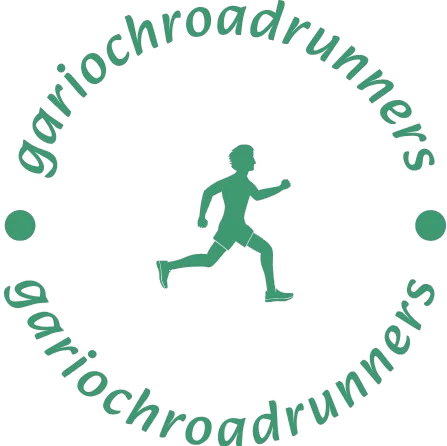For competitive runners, mastering the best racing techniques can make all the difference. Whether you’re preparing for your first race or looking to improve your time, having the right strategies can help you achieve your goals. In this article, we’ll cover the best racing techniques to boost your performance and get you across the finish line faster.
Proper Warm-Up for a Strong Start
Why a Good Warm-Up is Essential
Warming up before a race is crucial for preventing injury and improving your performance. It gets your body ready for the physical activity ahead and helps to increase blood flow to your muscles. A proper warm-up also prepares your mind, allowing you to focus on the race.
Key Warm-Up Exercises
Start with a light jog to raise your heart rate, followed by dynamic stretches. Leg swings, high knees, and butt kicks are great for warming up your muscles. Finish with a few strides, gradually increasing your pace to get ready for race conditions.
Pacing Yourself During the Race
What is the Importance of Pacing?
One of the best racing techniques is learning how to pace yourself. Running too fast in the beginning can leave you exhausted before the finish line. On the other hand, running too slow might make you miss your goal time.
How to Pace Yourself
To pace yourself effectively, break the race into smaller sections. In the first part, aim for a comfortable pace that you can maintain. As you approach the halfway point, increase your speed slightly. Finally, give it your all in the last stretch for a strong finish.

Focus on Your Running Form
Why Running Form Matters
Proper running form is one of the most important techniques for improving your race time. When your form is efficient, you use less energy and reduce your risk of injury. Good form helps you stay relaxed and focused throughout the race.
Tips for Good Running Form
Keep your body upright and avoid slouching. Maintain a slight forward lean from the ankles, not the waist. Your arms should swing naturally, not across your body. Also, focus on a quick, light stride with minimal ground contact. This will help you run more efficiently and faster.
Breathing Techniques for Optimal Performance
How Proper Breathing Improves Your Race
Breathing is often overlooked, but it is essential for maintaining your energy levels during a race. Proper breathing helps deliver more oxygen to your muscles, keeping them fueled throughout the race.
Breathing Tips for Runners
Focus on breathing deeply from your diaphragm rather than shallow chest breaths. Inhale through your nose and exhale through your mouth. Find a breathing rhythm that matches your pace—many runners use a 3:2 ratio (inhale for three steps, exhale for two) to stay in control.
Mental Strategies for Staying Strong
The Role of Mental Toughness in Racing
Racing isn’t just physical; it’s mental, too. The best runners know how to stay focused and push through fatigue. Mental strength helps you stay positive and keep going, even when it gets tough.
How to Train Your Mind
One technique is visualization. Before the race, imagine yourself running strong and crossing the finish line. During the race, focus on your progress, not the pain. Break the race into smaller sections and tackle each part one at a time. Staying mentally strong can make all the difference.
Speed Workouts for Improved Speed
What is Speed Work?
Speed workouts are training sessions designed to help you run faster. These workouts involve running at a pace faster than your usual race pace to build strength and speed. Speed work helps improve your overall race performance by increasing your endurance and teaching your body to run faster.
Types of Speed Workouts
Intervals are a popular speed workout. For example, you could run 400 meters at a fast pace, then recover by jogging for 200 meters. Repeat this for several sets. Fartlek training is another method where you alternate between fast and slow paces throughout your run. Both workouts help build speed and improve your overall racing ability.
Nutrition for Racing Success
Why Nutrition is Key
Proper nutrition plays a big role in how you perform on race day. Eating the right foods before and during a race can help you maintain your energy levels and prevent fatigue.
What to Eat Before a Race
Have a meal rich in carbohydrates, like pasta or rice, a few hours before the race. Carbs provide energy for your muscles. On race day, avoid heavy or greasy foods that might slow you down. Stay hydrated before the race, but don’t drink too much right before starting.
Recovery After the Race
The Importance of Post-Race Recovery
Once the race is over, recovery is just as important as preparation. Proper recovery helps your body repair and rebuild muscles, so you’re ready for your next race.
How to Recover After a Race
Start by cooling down with a light jog or walk to help your muscles relax. Stretch your muscles gently, focusing on areas like your hamstrings and calves. Drink water or a recovery drink to rehydrate and replenish electrolytes. Make sure to rest and get enough sleep to help your body recover fully.
Conclusion
By following these best racing techniques, you can improve your performance and feel more confident on race day. Remember to pace yourself, maintain good running form, and use mental strategies to stay focused. With proper nutrition and recovery, you’ll be ready to take on any race. Keep practicing, and you’ll continue to improve your race times!











